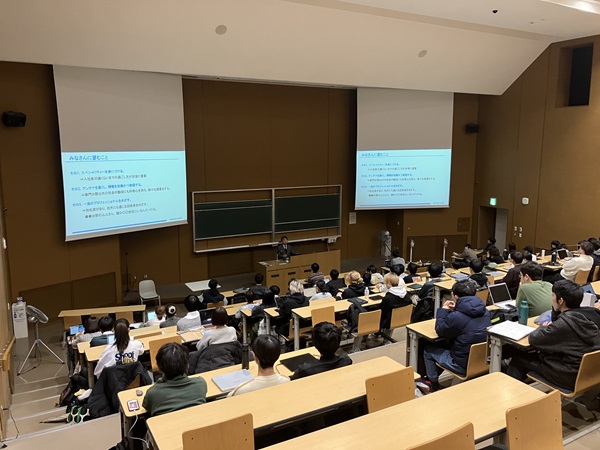No.12 Dec. 2014 Feature article
Facing the shrinking population, declining birthrate, and the aging society, it is a common forecast that the financial resource of the government will continue to decrease. Downfall of the government budgets leads to reduction of public investment, and this fact is making it more and more difficult for the stakeholders to keep up with the ongoing system of construction and maintenance of civil engineering related to public facilities. This is why the civil engineering system is said to be facing a big challenge, growing out of the long-established direct provision of the public infrastructure by the government alone.
As an approach to these problems, utilization of “private sector vitality” into the public has been collecting a lot of attention. By encouraging the private businesses to participate in the public projects from the early stage, it is possible to raise more financial resources from the private enterprise. Additionally, public sectors joining the team at the early stage may lead to flexible idea creation and new possibilities.
On the other hand, when public sectors play the role of civil engineering solely by the market competition principles, it will be difficult to insure the implementation of functions required as public infrastructure. We must also always be aware of negative effects of the market mechanism.
Utilization of the private sector vitality has not been implemented to the civil engineering business so much, since private sectors must take risks that public sectors used to take. This article aims to grasp the situation of private sector vitality utilization by introducing examples in Japan and also in the world. Our goal is clarifying the key factor for a successful private sector vitalization in the field of civil engineering in the future.

